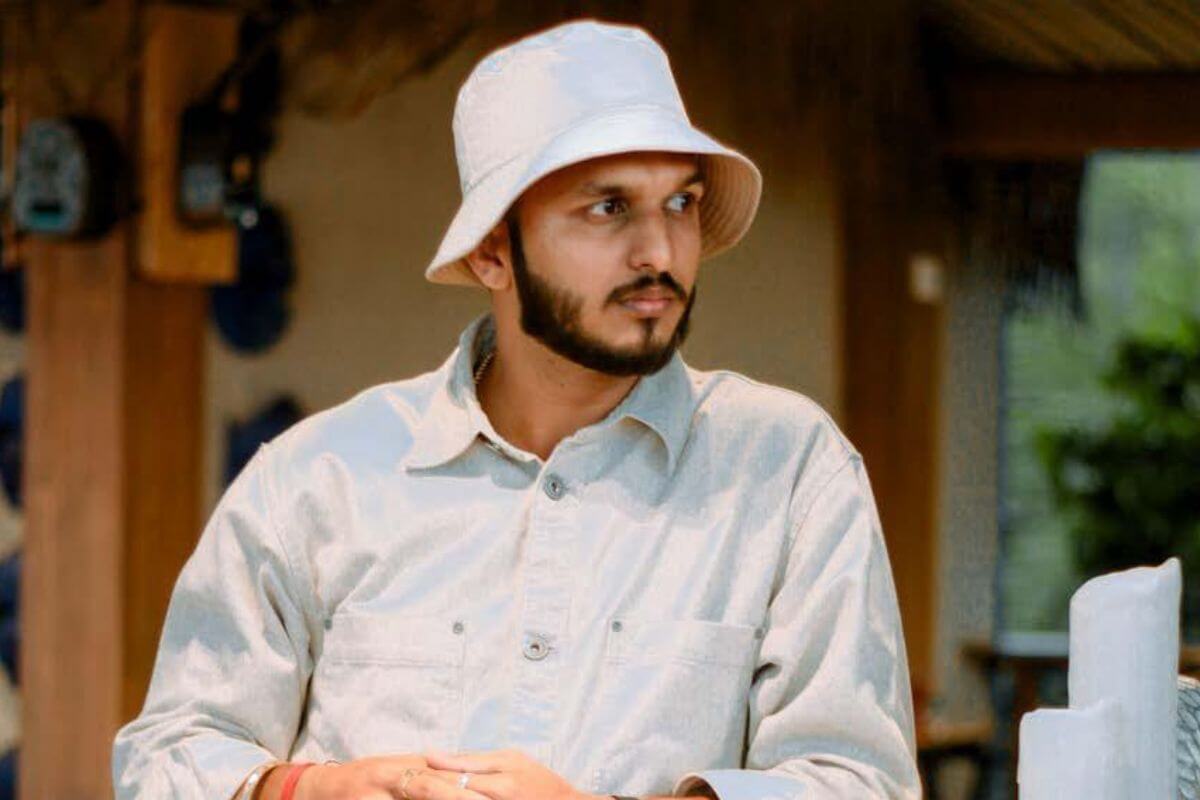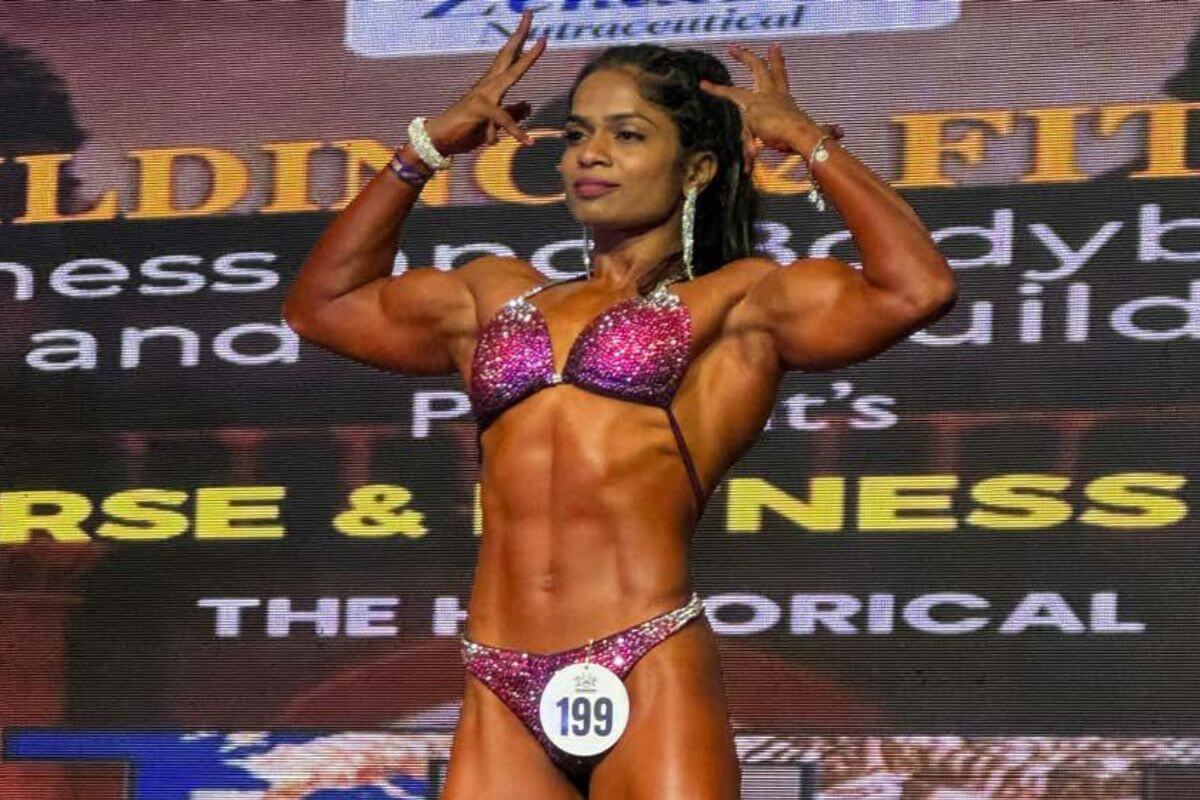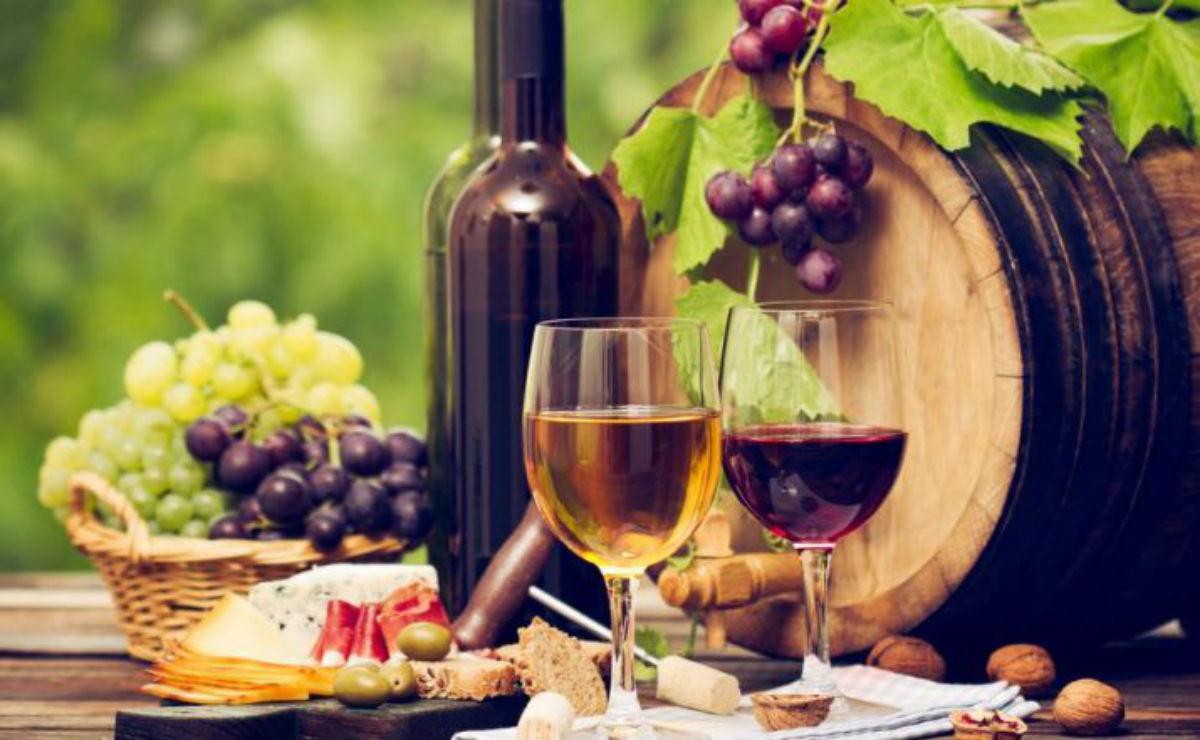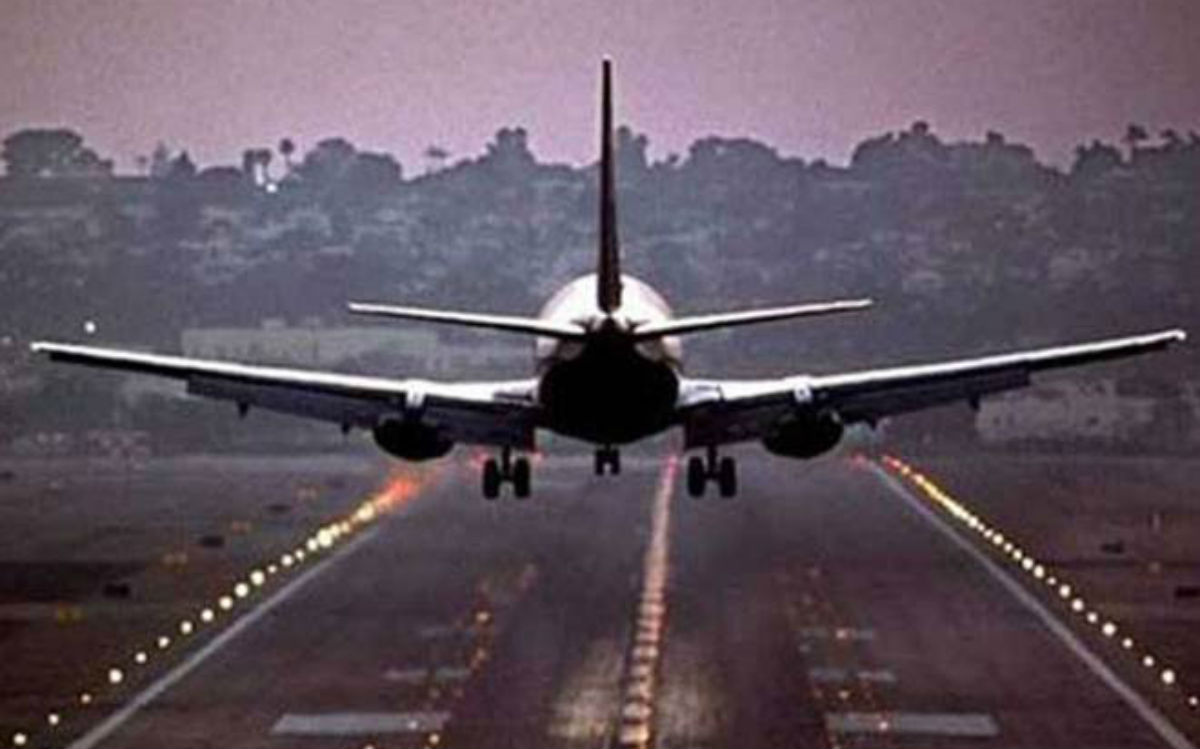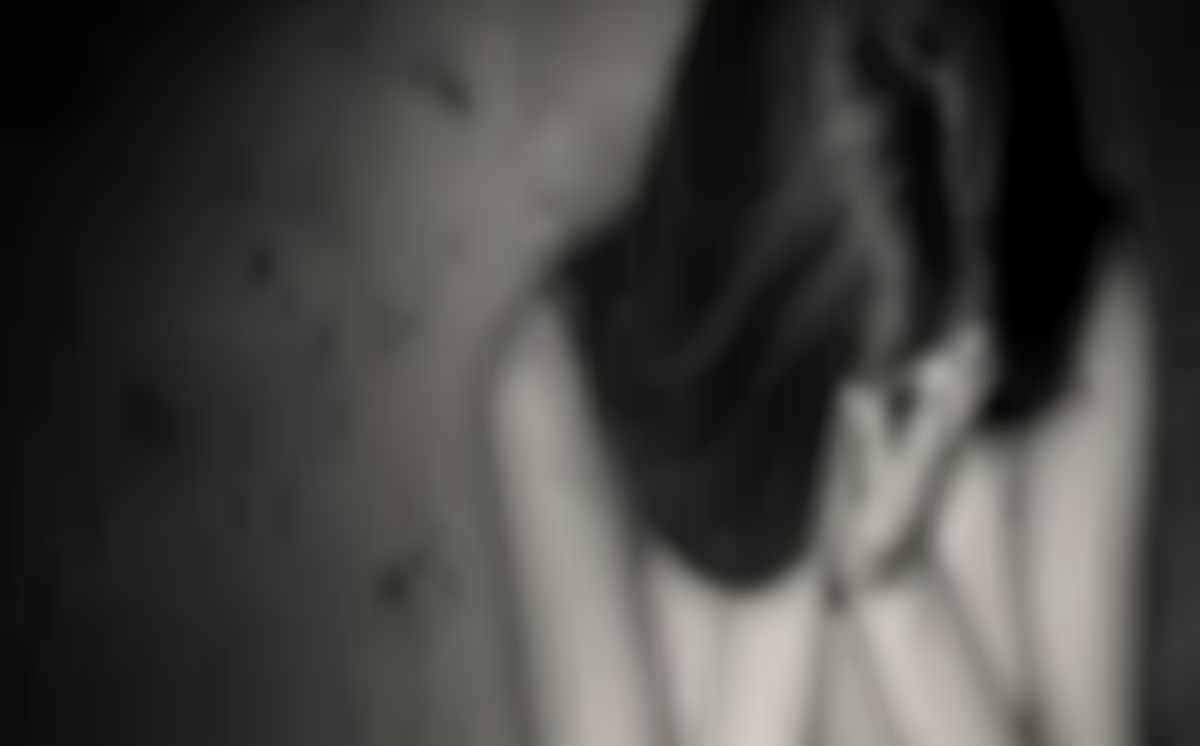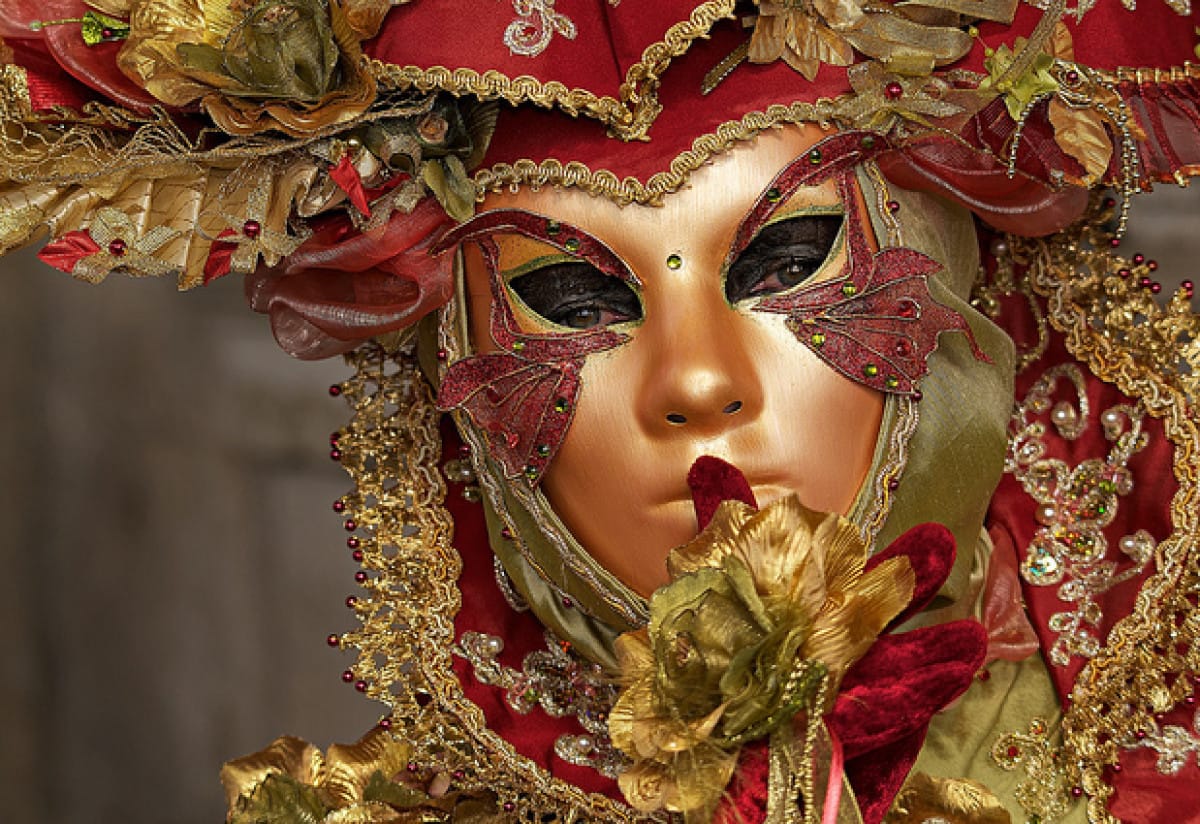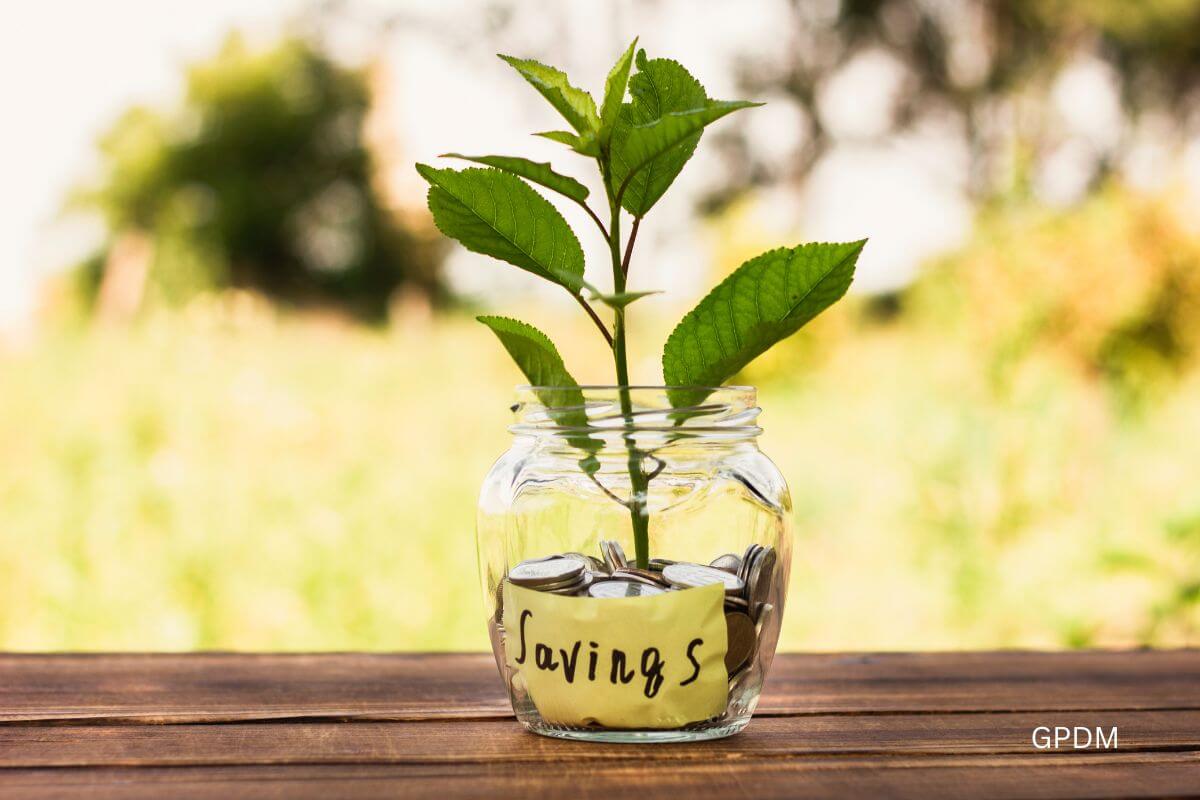Don’t miss Goa’s Shigmotsav celebrations. It is coming up right, with folk dances, parades and a merry display of colours. On happy holidays, people smear themselves with paint. The houses are beautifully decorated to welcome the holiday spirit. The Western Ghats seem awash in colour and come alive during the Shigmo Festival.
The Shigmo festival is one of the most popular Hindu festivals in Goa. During the festival, people paint intricate murals and carve idols depicting figures from Hindu mythology.
Also known as Shigmotsav, it is celebrated a few days before the full moon night of the Indian lunar month of Phalgun, which usually falls in March. During the festival, the famous Yatras Temple takes place and the processions in the temples add extra dynamism. You can see colourful costumes, special multicoloured flags and unique musical instruments like dhol tasha and flutes. Locals also carry big drums from house to house and dance to the sound of them.
The origin and History of the Shigmo Festival
The Shigmo festival in Goa is celebrated in the month of Phalguna according to the Hindu community’s Saka calendar. The month of Phalgun is linked to the lunar calendar, so the date changes every year. The Shigmo festival information is obtained from the Puranas. The word “Shigmo” is a Konkani term, which has been coined from the Prakrit, The word “Shigmo” comes from the Sanskrit word “Sugrishmaka” and the Prakrit word “Suggimaho”.
Puranic legends give rise to this festival. According to one such legend, Prahlada’s aunt Holika provoked her brother Hiranyakashapu to torture Prahlada to stop him from chanting the name of Lord Vishnu. And then Holika was hunted by humans and finally burned alive. Other folklore suggests that Shigmo is celebrated to commemorate the death of Putana at the hands of Lord Krishna.
The significance of the Shigmo Festival
The essence of Shigmo is to celebrate spring and the renewal of life that comes with it. It is a time when people come together and celebrate the culture and traditions of Goa. The festival is also a way for people to express their joy and happiness and to worship gods and goddesses.
During the festival, people dress up in traditional costumes and perform various rituals such as singing, dancing and playing musical instruments. The festival also includes various competitions such as tug of war, kabaddi and other traditional games.
Shigmo Festival 2023!
The Shigmo festival is celebrated a few days before the full moon of the Indian lunar month Phalgun, which usually falls in March. The celebrations culminate on the full moon night, which marks the beginning of Vhadlo Shigmo for the next few days. Therefore, the festival has two variants: Dhakla (younger) and Thorla (older). The former is celebrated in Tiswadi, Ponda, Calangute and Quepem and the latter in Bardez, Sattari, Bicholim and Pernem.
This year there will be around 17 major and minor cities, the most important being Ponda, Vasco, Mapusa and Panjim. The panel also reported that parade routes have been revised and that excited parties have been advised to coordinate with Goa Police and choose floats carefully.
Mr Nikhil Desai, Managing Director, Goa Tourism Development Corporation (GTDC) announced- “One important announcement that we have made this year and asked all the committees to follow is that the Shigmo parade will not be allowed post 10 pm, and this rule has to be strictly followed by the organisers.”
The villagers smear colours on each other in a playful way. On the 11th and 15th days, the villagers dress up in vibrant and flashy costumes, carry flags, beat the drums, and blow the flutes as they assemble at the village temples. They perform many folk dances like Ghode-Morni, Talgadi, Hanpet, Lamp dance, Gopha, Rommatamel, and ‘Fugdi’ as part of the festivities.
“If the music does not stop by 10 pm, we will be forced to shut it down. So we request all the participants to take note of these timings. This is due to the recent ruling by the honourable High Court on playing of amplified music as well as to ensure that we follow all the legal requirements.”
The festival’s grand finale is the intricately designed and beautifully lit floats that float in the state capital of Panaji and other locations such as Ponda, Vasco, Madgaon and Mapusa.
The celebrations begin with prayers to the village gods and goddesses. Parades are held on the last five days of the fortnight.
Wrapping up
It is a great experience to witness these events when Goan traditions come to life. The main attraction of the Shigmo festival is the dance performances performed at night by the peasants and rural class in the remote villages of Goa.
Another focal point of the festival is the parade, which features the many painted Hindu idols and folklore depicting scenes from ancient mythology and tales.
Keep your carnival mode on!



